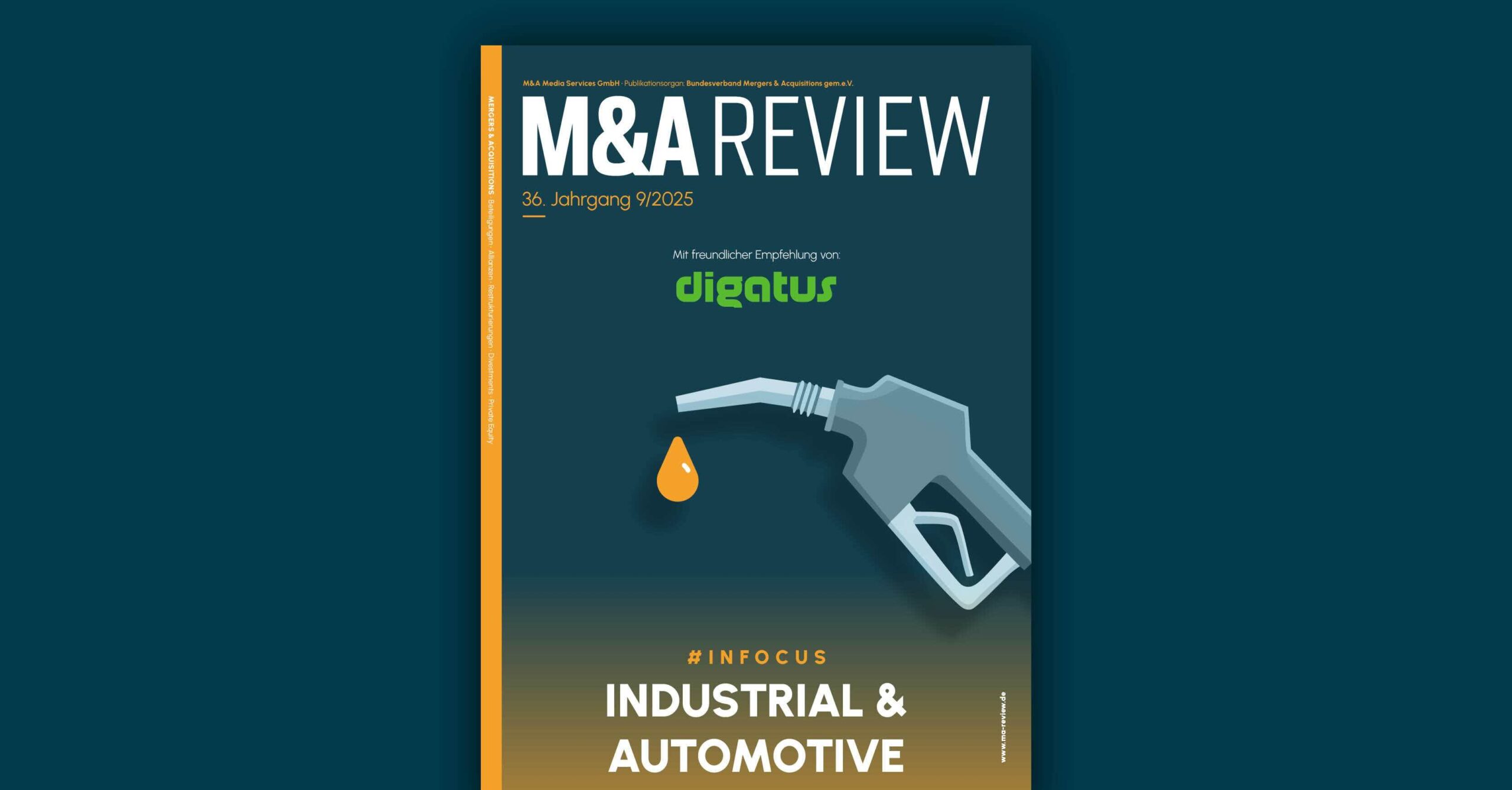What is M?
The Management of an M Process
The M Process at a Glance
1. The Preparation Phase
The Transaction Preparation
The List of Potential Buyers
The Initial Approach
2. The Due Diligence Phase
The Management Presentation
The Due Diligence
Commercial Due Diligence
Financial Due Diligence
Legal Due Diligence
Tax Due Diligence
IT Due Diligence
IT due diligence analyzes all hardware and software systems used in the company, as well as the IT organization and IT processes. An IT due diligence provides a solid foundation for the purchase decision, price negotiation, and post-merger integration. Because especially in this process, there are more cost risks hidden than might appear at first glance.
At Digatus, we conduct IT due diligence and develop a comprehensive solution for further steps such as the IT carve-out project or a possible integration scenario.
This is how an IT due diligence proceeds:
1. Recording the current state of the overall IT situation
2. Preparing a proposal based on the planned corporate strategy
3. In case of a short timeframe for the sales process: Creation of a red flag report
After this thorough IT examination, costs can be better estimated and potential cost traps avoided. Accordingly, IT due diligence should by no means be neglected, but quite the contrary, its importance and significance should be prioritized and focused on.
Operational Due Diligence
Environmental Due Diligence
The Purchase Offer
3. The Contract Negotiation Phase
4. The Execution Phase
5. The Post-Closing Phase
The Duration of an MA Process

Christoph Pscherer
He has been working in the IT environment for almost 30 years, gaining experience in various roles and areas. Through his years of experience as a Service Manager, he knows the challenges and needs on the customer side. He has been applying this deep understanding and knowledge at digatus for more than eight years. As Head of BU IT M&A and Transformation, he and his team support all IT topics along the value chain of M&A projects. This includes due diligence, carve-out, and integration projects.




